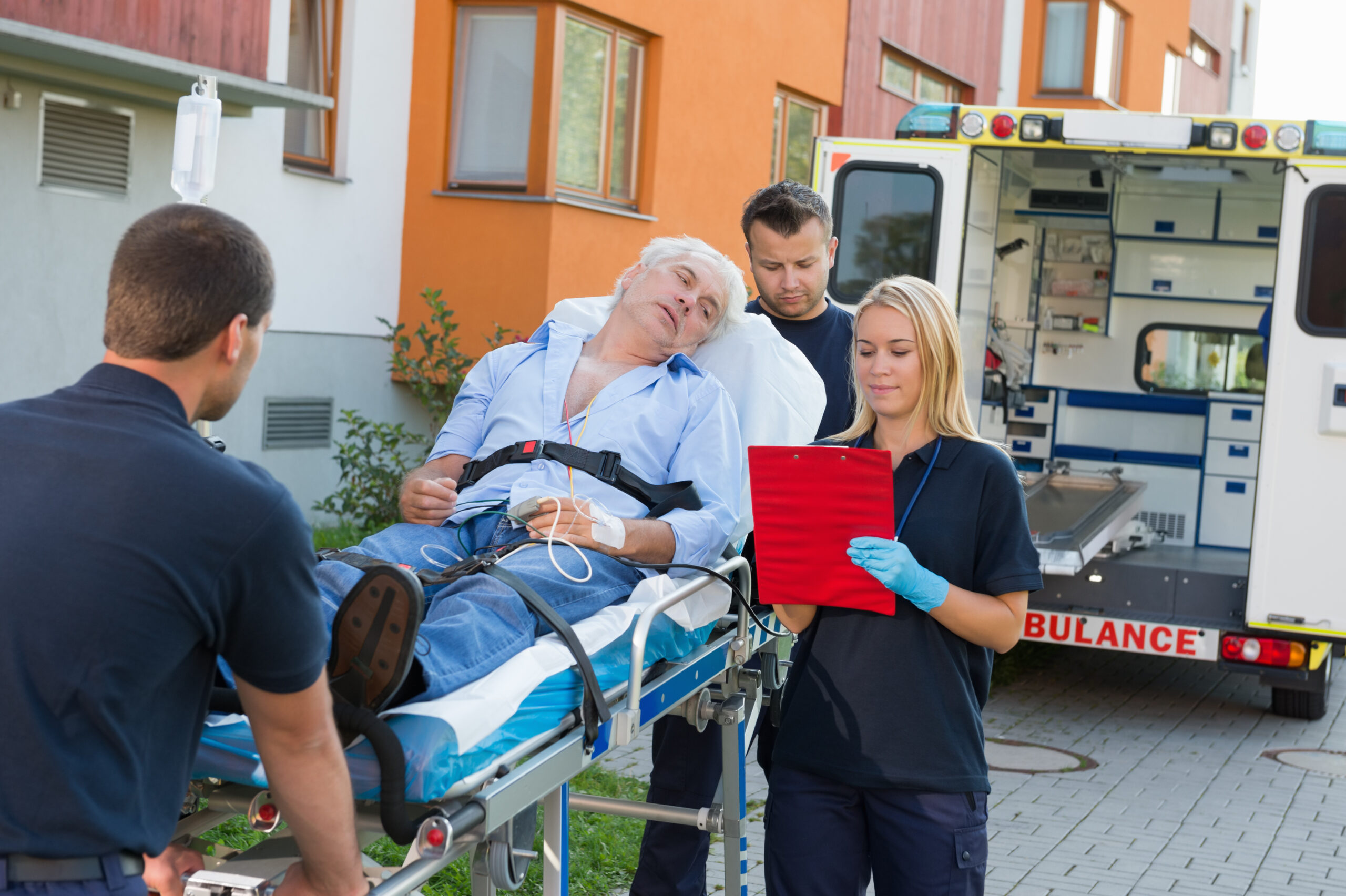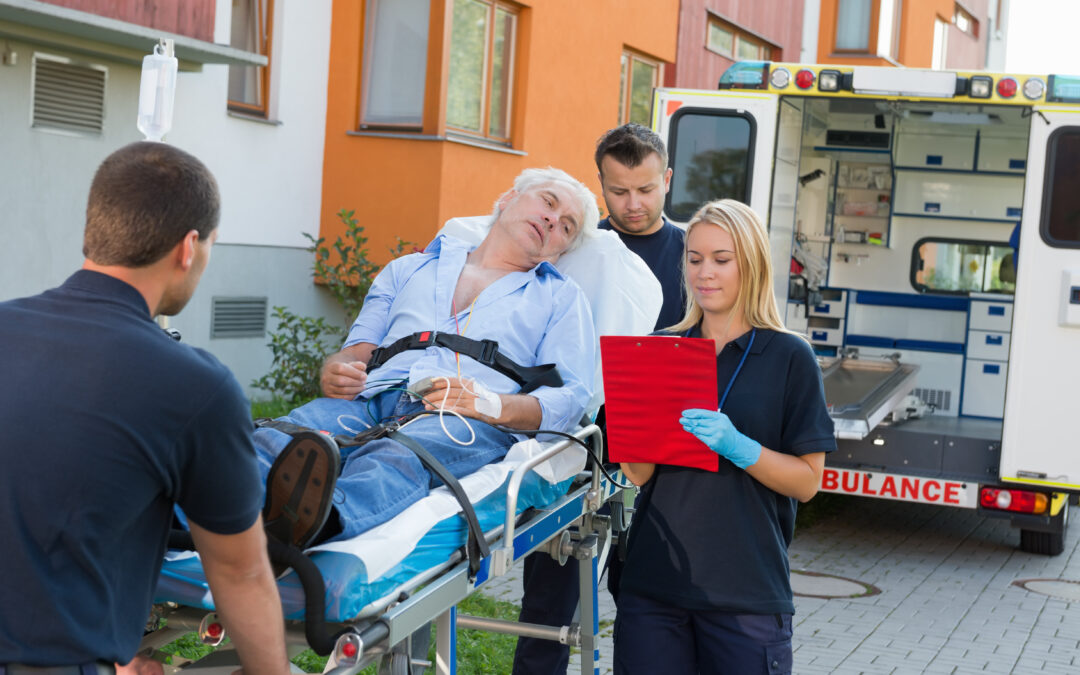Disasters can strike at any time, and being prepared is essential for ensuring your safety and the well-being of your loved ones. In this blog post, we will discuss five essential steps to disaster preparedness that you should take to ensure that you are ready in case a disaster strikes.
Step 1: Introduction to Disaster Preparedness
The first step to disaster preparedness is understanding what types of disasters could occur in your area. This includes natural disasters such as hurricanes, earthquakes, floods, and wildfires, as well as man-made disasters like terrorist attacks or hazardous materials spills. Once you have identified potential risks, it’s crucial to develop an emergency plan with your family members or household.
Step 2: The Importance of Having a Plan
Having a plan in place before a disaster occurs is critical because it helps you respond quickly and effectively during times of crisis. Your plan should include evacuation routes, safe meeting places, and communication protocols so everyone knows what to do if they get separated. It’s also important to practice your plan regularly to ensure that everyone remembers their roles and responsibilities.
Step 3: Building an Emergency Kit
Another essential aspect of disaster preparedness is building an emergency kit that contains supplies to help you survive until help arrives. Your kit should include items such as non-perishable food, water, flashlights, batteries, first aid supplies, and extra clothing. Make sure to store these items in a convenient location where they can be easily accessed when needed.
Step 4: Staying Informed and Up-to-Date
During a disaster, staying informed about current conditions is vital. Keep up-to-date on weather forecasts and news reports by listening to local radio stations or watching TV channels that provide information on disaster response efforts. Follow social media accounts from trusted sources to receive real-time updates on developing situations.

Step 5: Practicing Your Plan and Maintaining Readiness
Finally, practicing your plan regularly and maintaining readiness is key to ensuring that you are always prepared for whatever may come. Conduct regular drills with your family or household members to test your plan and identify areas for improvement. Also, make sure to check your emergency kits periodically to ensure that all supplies are fresh and functional.
Thank you for reading this post, don't forget to subscribe NOW for FREE!
In conclusion, taking these five essential steps to disaster preparedness can help keep you and your loved ones safe and secure during times of crisis. By having a plan, building an emergency kit, staying informed, practicing your plan, and maintaining readiness, you can rest easy knowing that you are prepared for anything.






